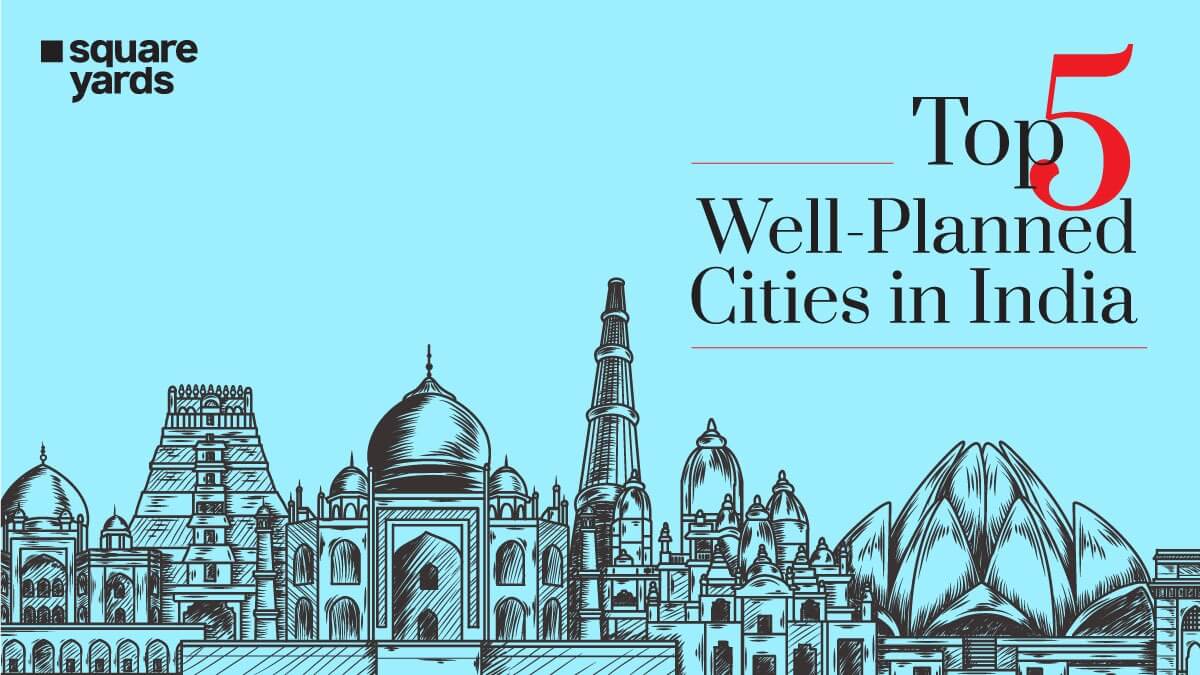Rome was not built in a day! Likewise, a well-planned city in India requires vision, layout, resources, and leadership. Countless elements combine to create the aesthetic appeal of a well-planned city in India, including a solid layout design, accessibility to public transportation, and hygiene and sanitation.
India is a country rich and diverse in culture and tradition. However, it is unknown that certain cities in India have been leaders in modern architecture and urban design. Surprisingly, India is home to some of the most magnificent planned cities in the world, distinguished for their first-rate infrastructure. However, in several Indian cities, there are issues with infrastructure, inadequate road maintenance, and traffic bottlenecks. Thus, a few well-planned cities in India have been carefully designed and recognised for their excellent design, extensive architecture, world-class educational institutions, and thriving business industries.
India has a balance of well-planned, visually pleasing cities in addition to its part of crowded, clogged cities. These cities have experienced an undeniable real estate investment boom, supported by cutting-edge architecture, exquisite layouts, expanding IT industries, and educational centres.
Let's first examine the concept of a planned city before proceeding.
Table of contents
What is a Planned City?
The definition of a planned city is an efficient city with a dynamic strategy in place to support equity, wealth, and livability. Well-planned cities in India are intended to be self-sufficient and offer residences, facilities for learning and business, and recreational activities. A planned city does not naturally expand over time like other cities. The planned layout is according to a pattern. Planned city construction centres on a set of dimensional patterns from well-crafted road systems, and drainage systems, to residential and agricultural layouts.
The most straightforward strategy of a city is to construct a network of streets intersecting at right angles. Town planning has been a concept since the classical era. After gaining independence, factors such as the economy, infrastructure, and industrial development gained importance.
Indians grew more careful about town planning, which sparked a revolution. The citizens of India began using town planning after observing the tremendous population development.
Well-planned cities in India are essential to driving sustainable growth and striking a balance between the desire to accomplish goals and the need to protect the environment. Let us examine the concept of the top 5 well-planned cities in India -
Chandigarh
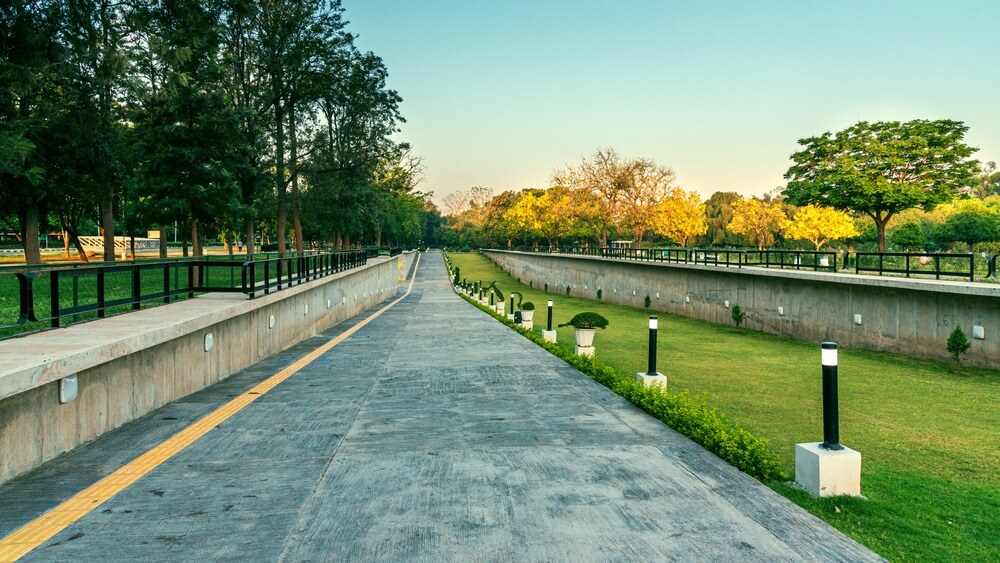
Chandigarh, in northern India, is regarded as the city with the best planning in the country. The capitals of Punjab and Haryana are positioned in this Union Territory. Swiss-French architect and urban planner Le Corbusier was responsible for creating the city. It is renowned for its carefully thought-out layout, urban planning and architecture, and is further separated into sectors which are efficiently connected by 6-lane roadways.
Chandigarh takes pride in its infrastructure. The city is divided into 56 areas, each 800 metres square and equipped with all contemporary conveniences. It is properly organised and segmented into logically connected sections and boasts an affordable multi-modal transportation infrastructure.
Chandigarh is currently progressing toward being a "smart city." It is one of the top cities in India to settle in due to the ongoing urbanisation and infrastructure development, as well as the explicitly crafted city planning. The efficient planning of the roads reduces traffic congestion. If you intend to relocate, Chandigarh offers a variety of independent residences for sale and rent.
Gandhinagar
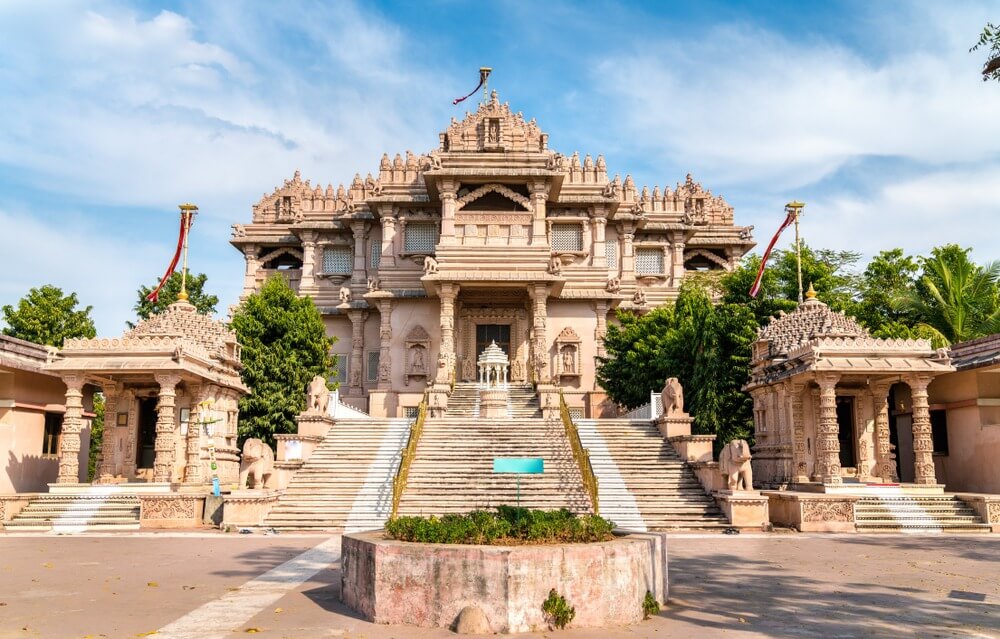
Gandhinagar, also known as "Green City," is the state capital of Gujarat and is located on the western bank of the Sabarmati River. The architects H.K. Mewada and Prakash M. Apte, who served as Le Corbusier's apprentices on the Chandigarh project in the 1950s, designed the city. The city is surrounded by a sizable green belt, living true to its moniker as a "Green City."
Similar to Chandigarh, the city has wide highways with service lanes, which contribute to moderate traffic congestion. Furthermore, distinct regions have been designated for the IT industry, residential, commercial, and academic uses.
Contrary to Ahmedabad, the city isn't heavily populated, and the majority of the region has not yet been industrialised, giving local officials plenty of room for future planning and growth. Leading construction companies have also developed projects in Gandhinagar with enormous potential for growth. The development of social infrastructure and well-planned layouts, for example, has continued to increase, leading to the strengthening of the real estate market.
Lavasa
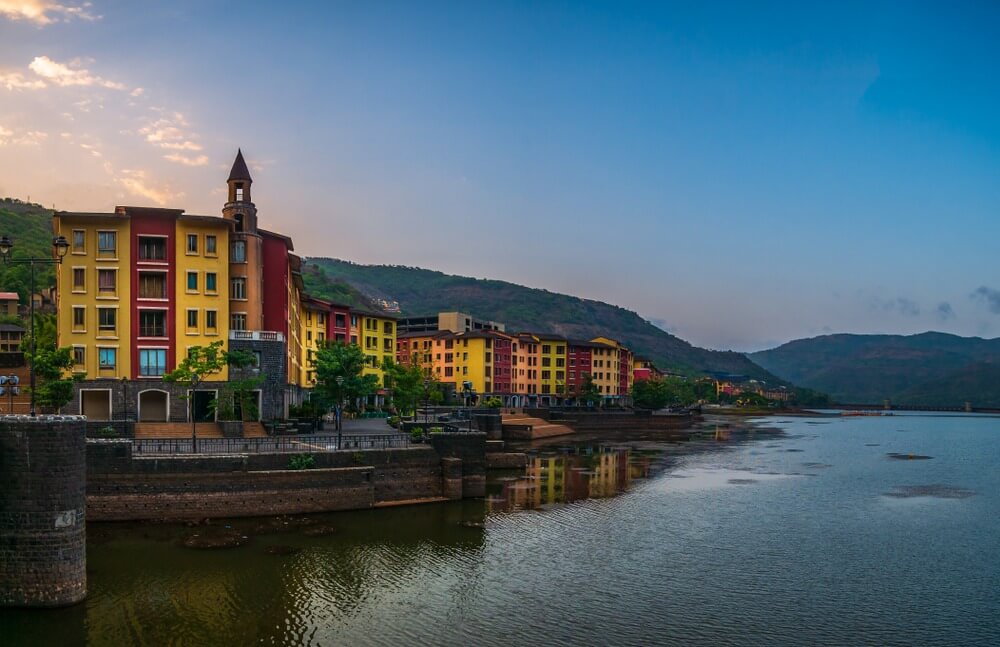
Lavasa is a privately well-planned city in India and is currently being developed in Pune. It is modelled after the charming Italian fishing village of Portofino. The futuristic city is envisioned as metropolitan yet conventional and connected to nature. It is only a 2 and 4 hours drive from Pune and Mumbai, respectively. It is based on the ideas of "New Urbanism," an urban planning concept that encourages environmentally beneficial behaviours by constructing nearby walkable neighbourhoods, shopping centres, and public spaces. Part of the land is designated for open space and greenery to encourage a pollution-free atmosphere. Lavasa is still undergoing construction in certain areas but is set to be completed within a couple of years.
Jamshedpur
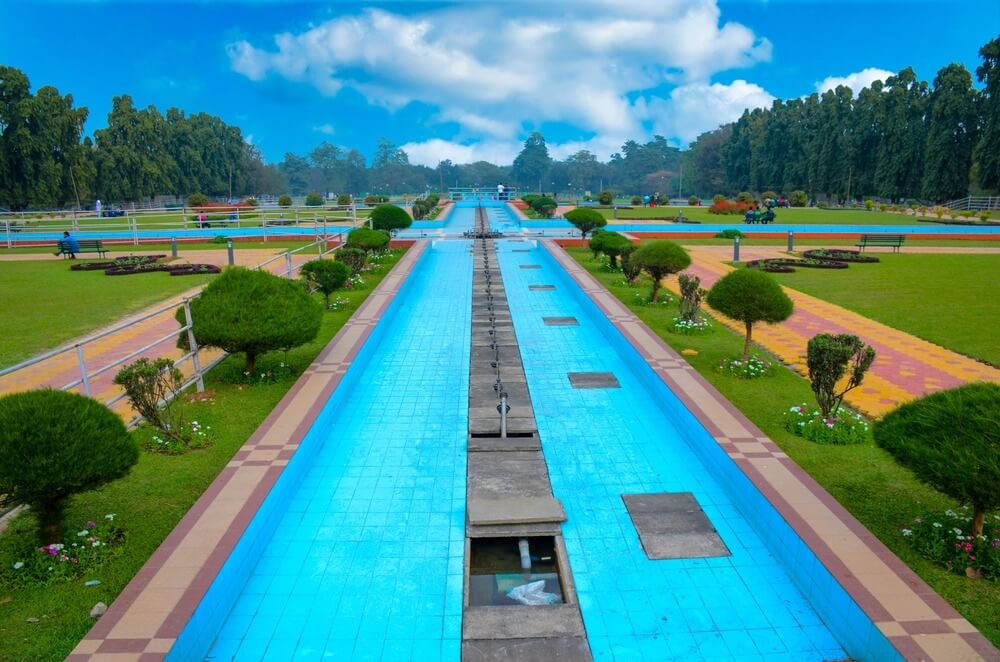
Jamshedpur, the first industrially well-planned city in India, was founded by the late Jamshedji Tata and is located at the southern tip of Jharkhand. Tatanagar is the colloquial name for Jamshedpur. Tata Steel, India's first iron and steel firm, was established owing to Jamshedji Tata's vision of a magnificent metropolis and a steel plant. He encouraged building a city that must include all the amenities and advantages a city must offer. Thus, most of the city's regions are thoughtfully planned and include open-air recreation areas like Jubilee Park.
Some of the steel city's features include an abundance of greenery, acreage for lawns and gardens, adequate roads, safe drinking water, and uninterruptible electricity. The fact that the Tata Group created, developed, expanded, and fostered the city, rendering it the only one in India sans a municipal corporation, is another strength of Jamshedpur.
Without a municipal corporation, Jamshedpur's first steel plant served as the city's foundation, which was built around it. Tata's Jamshedpur ranks among the world's best-planned cities due to the availability of well-liked educational institutions, healthcare amenities, and entertainment facilities.
Rajarhat
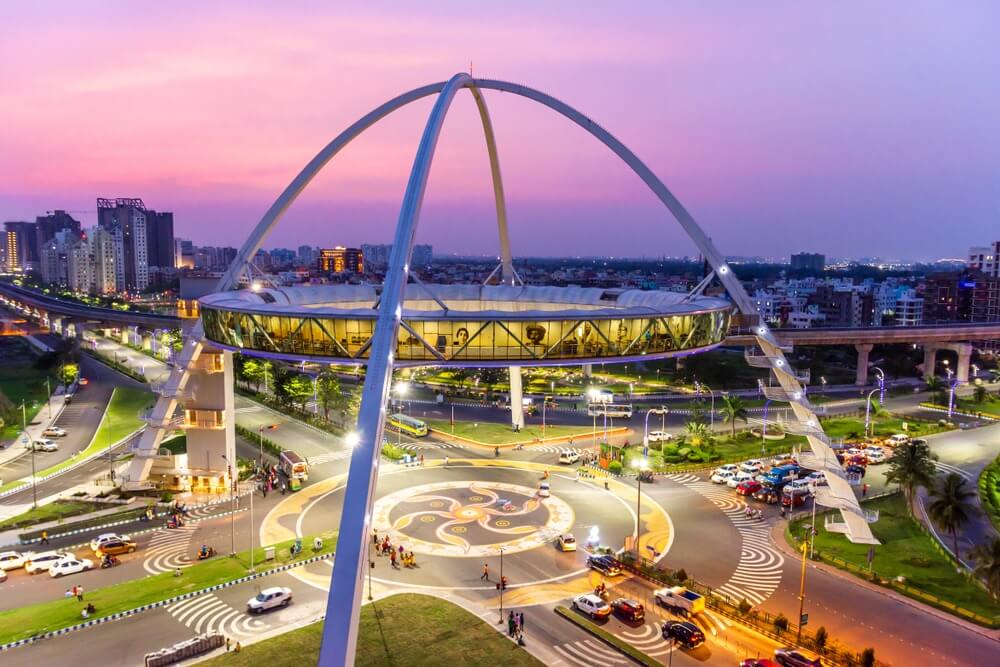
Rajarhat, a prosperous satellite city, is situated on the northeast side of Kolkata. It is positioned outside of Kolkata's proposed New Town. The city was initially created in 1990 by Mr Jyoti Basu, who was West Bengal's Chief Minister at the time. Rajarhat's layout was conceptualised in the following ways to be on the list of well-planned cities in India:
- New Town Area 1 constitutes residential and commercial properties, shopping centres, and a core business hub.
- On the other hand, New Town Area 2 is intended to be the primary centre area that contains IT Parks by DLF and Unitech. An eco-park and a sizable housing building are also planned in addition to everything else.
- High-rise residential structures can be found in New Town Area 3, a separate small township.
- Additionally, a slew of real estate firms and IT powerhouses like Genpact, Ericsson, and Accenture have already established a strong presence in the city.
- There are plans for medical facilities like the Apollo Hospital and Tata Cancer Centre to open in Rajarhat.
- Nikko Park, Aquatica, and Nalban are just a few examples of the numerous entertainment and leisure venues that are presently available.
Why should we Invest in Planned Cities?
While most of India’s population still resides in villages, there has been a significant shift towards urban living. The higher authorities have worked to create a well-planned city offering amenities and conveniences such as spacious housing, sanitation, an expansive roadway system, educational institutions, and more.
The idea of planned cities appears to present numerous financial opportunities. Based on the projected overall plan used in its design and implementation, new investors in these projects should rely on generating substantial real estate investment returns in the mid to long-term.
How do Planned Cities impact Real Estate Investment?
India recognises real estate investment as a significant economic driver. With the proper infrastructure and connections in place to draw in firms and workers from other urban and rural areas, well-planned cities in India have historically been the nation's economic hubs. As a result, these cities are home to a third of India's urban population.
Residential real estate markets bring massive real estate investments into well-planned cities in India. The residential real estate market in planned cities is expanding gradually, propelled by modern trends such as the demand for spacious properties, higher liveability, convenient work hours, and more.
Here, the main drivers of demand are the possibility of working from home and low living costs, which are propelled by rapid economic growth, infrastructure expansion, and more compelling real estate costs in these cities.
Conclusion
It's indeed interesting to observe how these cities have kept their visual charm in the era of real estate commerce and cramped conduits. Well-planned cities in India are expanding in number to achieve sustainable living with an economic boost. Most of the planned cities are on their way to becoming smart-cities, integrating a holistic urban approach and implementing a new vision for the city.
What is meant by planned cities?
The definition of a "planned city" is a well-organised community that has a growth framework in place to promote equality, wealth, and livability. Planned cities are an effective tool for imposing sustainable development and achieving a balance between the need to achieve objectives and the need to safeguard the environment.
Which city is well-planned in India?
Chandigarh is India's best-planned city, with an excellent and expansive system in place. The highlights of the city are its expansive infrastructure, cleanliness and hygiene, roadway system, spacious housing, renowned educational institutions, and more.
Which is the first planned city in India?
Jaipur is the first well-planned city in India, established in 1727.

